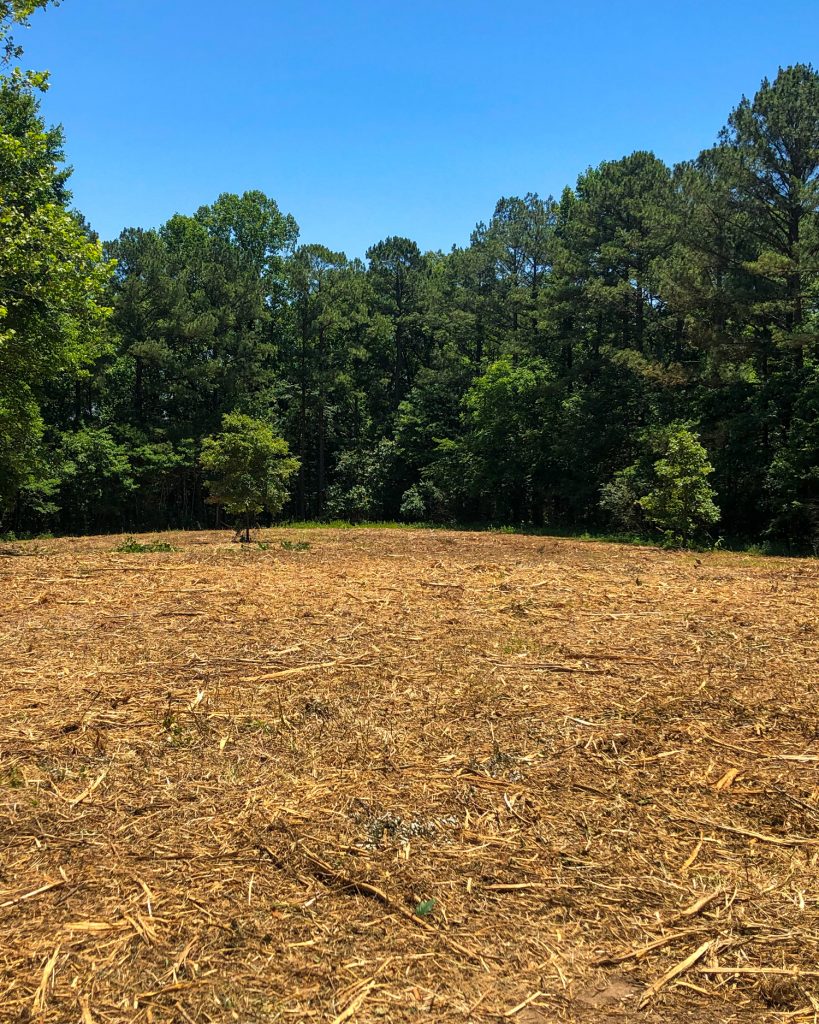Continuing Forest Improvements on the Shawnee
In efforts to maintain and improve the native oak and hickory ecosystem on the Shawnee National Forest, the NWTF and the Forest Service have been implementing a variety of forest management practices
The NWTF is continuing its partnership with the USDA Forest Service within its America’s Crossroads Big Six regions for conservation on the Shawnee National Forest in southern Illinois. Stretching from the Mississippi River to the Wabash River and down to the Kentucky border, the 280,000-acre national forest is the largest piece of public land in the state and part of the NWTF’s Shawnee Hills Focal Landscape.
“Most of this acreage is comprised of the native oak and hickory ecosystem,” said Chase Seals, NWTF district forester. “Due to lack of prior management, however, much of this native ecosystem is transitioning to a climax forest [final stage of growth] of maple and beech. If this happened, it would permanently remove the native ecosystem and cause a reduction in quality habitat for wild turkeys and wildlife as a whole throughout the Shawnee.”
In efforts to maintain and improve the native oak and hickory ecosystem on the national forest, the NWTF and the Forest Service have been implementing a variety of forest management practices, including precommercial thinning, crop tree release, nonnative invasive species removal, timber stand improvement, mastication, prescribed burning and planting native trees.

“Forests in southern Illinois and throughout America’s Crossroads are often double stocked,” said John Burk, NWTF district biologist. “This means that there are twice as many trees as there ought to be to maintain a healthy forest. These management practices reduce tree-to-tree competition, so the trees you leave get bigger quicker. The canopy gaps created by the trees removed allows sunlight to the forest floor, and this stimulates the growth of herbaceous plants and seedlings that wild turkeys and many other wildlife species are dependent upon.”
For turkeys, the most limiting factor for population growth is the quality and quantity of brood-rearing habitat, Burk said. Thinning timber stimulates the grasses and weeds below, and periodic prescribed fire keeps seedlings and shrubs from overtaking grasses and weeds. Unmanaged and close-canopied forests do not provide as much brood-rearing habitat as managed ones, Burk noted.
Most recently, the NWTF and partners completed 460 acres of total forest management through the above practices, entailing:
- 56 acres of precommercial thinning and crop tree release.
- 68 acres of nonnative invasive species removal.
- 185 acres of timber stand improvement.
- 151 acres of mastication.
In addition, the NWTF helps fund nearly 10,000 acres of Forest Service controlled burns each year by purchasing the dragon eggs used for burning.
The NWTF is amplifying this important restoration work by continuing its partnership with the Forest Service, Illinois Department of Natural Resources and the Arbor Day Foundation. Moreover, the NWTF was recently awarded a $26,900 grant from the Arbor Day Foundation to purchase oak seedlings that will be planted throughout 100 acres in Oakwood Bottoms, an outdoor recreation area on the Shawnee. This 100 acres of tree planting coupled with another 438 acres of needed forest management will continue to increase the amount of wild turkey habitat and improve overall forest health.
“Open woodlands cannot be created and maintained by just cutting or just burning, and when invasive vegetation is present, which it usually is, that is an extra base that also has to be covered,” Burk said. “By being a conservation partner supportive of and directly involved in the active management of our national forests, we have been able to make a difference and we look forward to continued collaboration in the future.”
